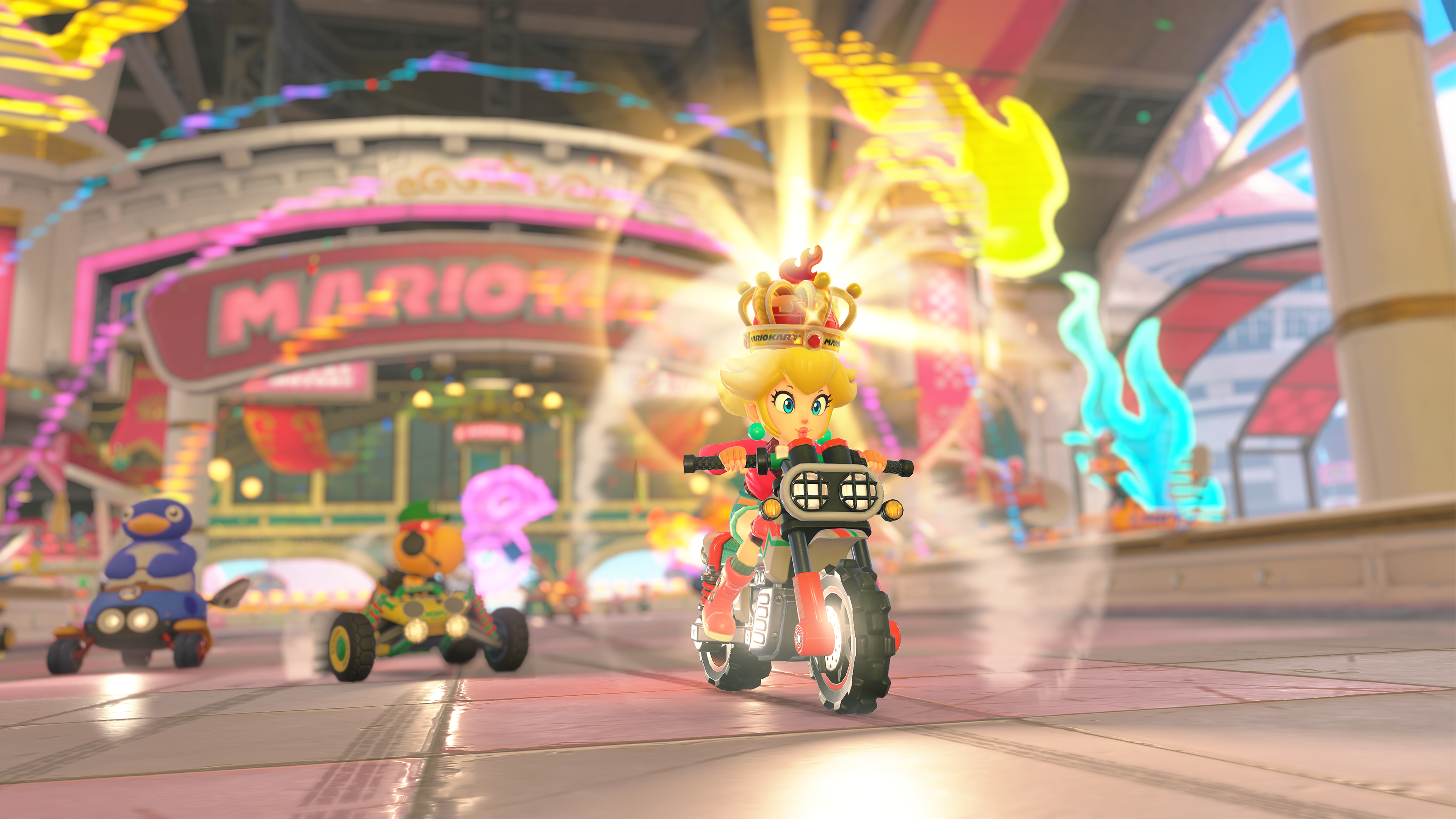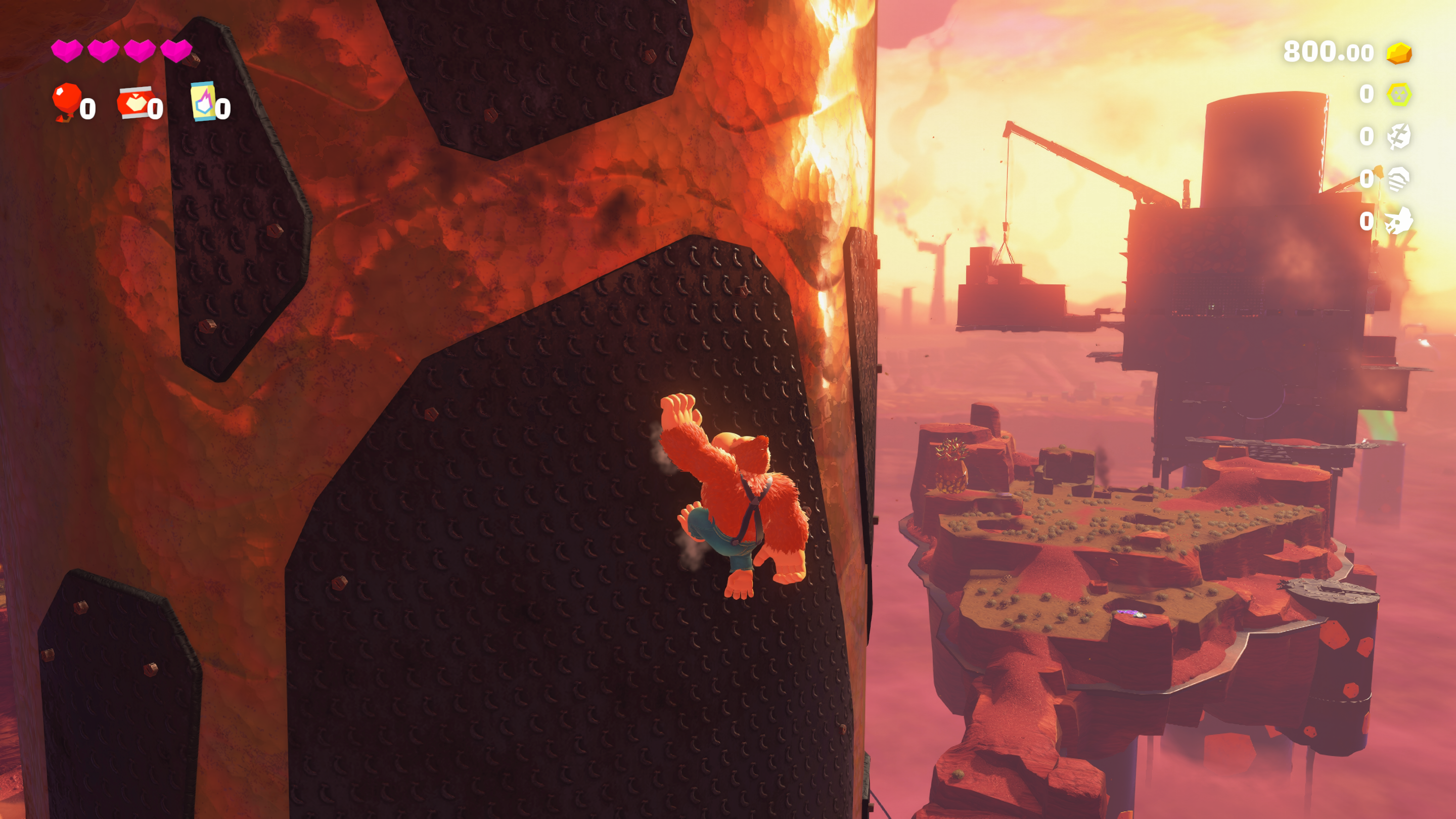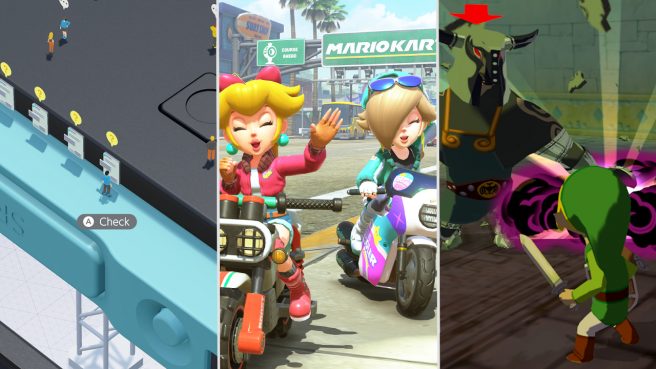Examining Switch 2’s launch and how it stacks up to other recent Nintendo debuts
A few months back, we examined the launch of almost every major Nintendo console. That was before we knew about Nintendo Switch 2 or any of its games, though – and now that we know just about everything regarding the system’s launch this June, we’re going to compare it to some of Nintendo’s previous console launches and see how it holds up.

Given Nintendo Switch 2’s status as a sequel console, it makes the most sense to compare its launch to the Switch 1’s release way back in March 2017. When the Nintendo Switch first came out, it had a few titles that launched alongside it: The Legend of Zelda: Breath of the Wild was the big one, plus 1-2 Switch, Super Bomberman R, Shovel Knight: Treasure Trove, Shovel Knight: Specter of Torment, Fast RMX, I Am Setsuna, Skylanders Imaginators, and Just Dance. A decent lineup for sure, but much of the Nintendo Switch’s early success was directly attributed to Breath of the Wild. That game was made available on Wii U on the same day. In March 2017, Breath of the Wild was new to everyone who played it – but if you want to get technical, the Nintendo Switch didn’t have an original, non-ported first-party game until ARMS in June three months later. Of course, Mario Kart 8 Deluxe released in April 2017, and it’s one of the best-selling games Nintendo has ever produced at around 67 million units shipped.
What we’re saying here is that the Nintendo Switch went on to sell 150 million units even though it mostly launched with ports (and a game available on Wii U as well, if you don’t exactly consider Breath of the Wild a straight port). In theory, Nintendo Switch 2’s launch lineup is much stronger. Its big headlining launch title is Mario Kart World, which is the first truly new entry in the Mario Kart series in over a decade. The other launch games that will be available are quite good as well: Yakuza 0 Director’s Cut, Street Fighter 6, Split Fiction, Fortnite, and Deltarune. Not to mention that GameCube games F-Zero GX, Soulcalibur II, and The Legend of Zelda: The Wind Waker will all be playable via Nintendo Switch Online on day one, in addition to performance-boosted upgrades for Breath of the Wild and Tears of the Kingdom. Even if you’ve already 100 percent completed those games (like me!), the promise of faster load times and smooth 60 frames per second gameplay might be enough to convince you to take a break from Mario Kart World to try them out again. The upgrades are also free for members subscribed to the Nintendo Switch Online Expansion Pack, which is a definite plus.
Going even further back, it’s clear that Nintendo Switch 2’s launch lineup is much stronger than what the Wii U and 3DS had on their respective release days. The Wii U had New Super Mario Bros. U, which released only a few months after New Super Mario Bros. 2 on Nintendo 3DS. People were understandably a little bit tired of the same old New Super Mario Bros. formula – nothing is really wrong with the Wii U game on its own, but its status as a launch title for the console was undermined by New Super Mario Bros. 2’s release just a few months before. Nintendo Land was an excellent launch title, however, and even to this day it’s quite underrated.
Nintendo 3DS, on the other hand, had one of the weakest launch lineups of any console in recent memory. The big headlining launch game was… Pilotwings Resort, which understandably didn’t create much excitement around the handheld. Both Nintendo 3DS and Wii U had fairly weak releases – though the latter was about more than just the lacking launch titles. For Switch 2, it seems Nintendo has ensured that there’s something to play for everyone – Mario Kart World is obviously the heavy hitter, fulfilling the multiplayer niche on day one. And for $80, here’s hoping it’s full of substantial content – at 23.4 GB, it’s one of the largest games Nintendo has ever shipped.

One thing that’s going to help Nintendo Switch 2 is that it has a strong lineup for the rest of the year. Though they don’t have release dates at the time of writing, Pokemon Legends Z-A and Metroid Prime 4: Beyond are both receiving Nintendo Switch 2 Editions that come with significant performance boosts. Then you have Donkey Kong Bananza releasing in July, an upgrade for Super Mario Party Jamboree releasing that same month, an upgrade for Kirby and the Forgotten Land releasing in August with new DLC, and then Kirby Air Riders (which is slated for 2025 but lacks a concrete release date). In short, if Nintendo Switch 2 experiences any trouble at launch, it’s not going to be because of its game lineup. This is one of the best first years of any Nintendo console we’ve seen yet – which is probably why Nintendo supposedly opted to internally delay its launch last year.
If Nintendo Switch 2 is going to experience any problems, however, it’ll be because of the price of the system. American pre-orders were recently delayed due to new tariffs being placed on China, Vietnam, and other countries where Nintendo manufactures is goods. Even before that happened, though, many of Nintendo: Treehouse’s live streams were chock-full of “drop the price” messages. It isn’t so much the console’s $449.99 price tag that’s the problem – it’s the precedent of $80 video games. On the current Nintendo Switch, there’s only one first-party game that costs more than any other: The Legend of Zelda: Tears of the Kingdom, which is priced at $70. When Nintendo announced this move, there was a bit of backlash, but some players also sort of understood why a game with so much content cost so much. The game went on to sell millions of units and was a huge success, which may or may not be why Nintendo decided to price the upcoming Mario Kart World at $80. Donkey Kong Bananza costs $70, which means Mario Kart World is using the same $10 upcharge trick that Tears of the Kingdom employed almost two years ago.
If Mario Kart World truly has enough content to justify its $80 price tag, that’s great – especially if the game is essentially complete on launch and doesn’t receive paid DLC down the line. It’s clear that Nintendo doesn’t plan to charge $80 for all of its new games, which is at least a good thing. But we don’t know how many of its future games will cost that much. Will it only be super-prominent games like Animal Crossing, Zelda, and Mario? Or is it based on how long development took? That’s still unclear, but regardless of the reason, it’s easy to see why players are frustrated about the price tag for future games. But despite these reasonable complaints, we don’t expect them to have a huge impact on Nintendo Switch 2’s total sales. Many of the same comments were made when the original Switch launched in 2017, though to lesser extents.
Will you be getting a Nintendo Switch 2 at launch? Do you think release day will go well for Nintendo, or will their high prices put a damper on things? Let us know your thoughts in the comments down below. You can also check out our previous Nintendo launch analysis here.
